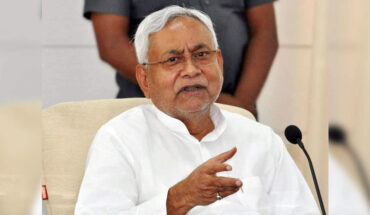The recent Cabinet’s approval of a Production-Linked Incentive (PLI) scheme for the textile sector, which targets at the man-made fibre (MMF) and technical textiles segments, is a belated acknowledgment by the Government that the ground has inexorably shifted in the global textiles trade. A relentless shift in consumer preferences and fashion trends saw MMF surpass cotton as the fibre of choice in the 1990s, since vaulting its share in worldwide textile consumption to about 75%. India’s textile and clothing exports on the other hand have continued to remain dominated by cotton and other natural fibre-based products, with MMF having contributed less than 30% of the country’s $35.6 billion in overall sectoral exports in 2017-18. And MMF’s share remained relatively unchanged in the last fiscal as well when the sectoral exports were about $33 billion. While policy makers have been cognisant of the need to bolster support for the MMF segment, the task of crafting a meaningful initiative that would engender enhanced investment in capacity creation, leading to increased exports, has been a while in coming. Wednesday’s decision on the focused PLI scheme, with a budgeted outlay of Rs 10,683 crore, is the second time in 11 months that the Cabinet has approved what is broadly the same plan, with the Government using the intervening period to incorporate amendments to the incentive structure based on industry feedback. The aim of the scheme is to focus investment attention on 40 MMF apparel product lines, 14 MMF fabric lines and 10 segments or products of technical textiles. The scheme’s operational success is likely to hinge on how new entrepreneurs and existing companies weigh the risk-reward equation, especially at a time when the pandemic-spurred uncertainty has already made private businesses leery of making fresh capital expenditure.
PLI scheme may weave success for textile sector
|
September 10, 2021 |



